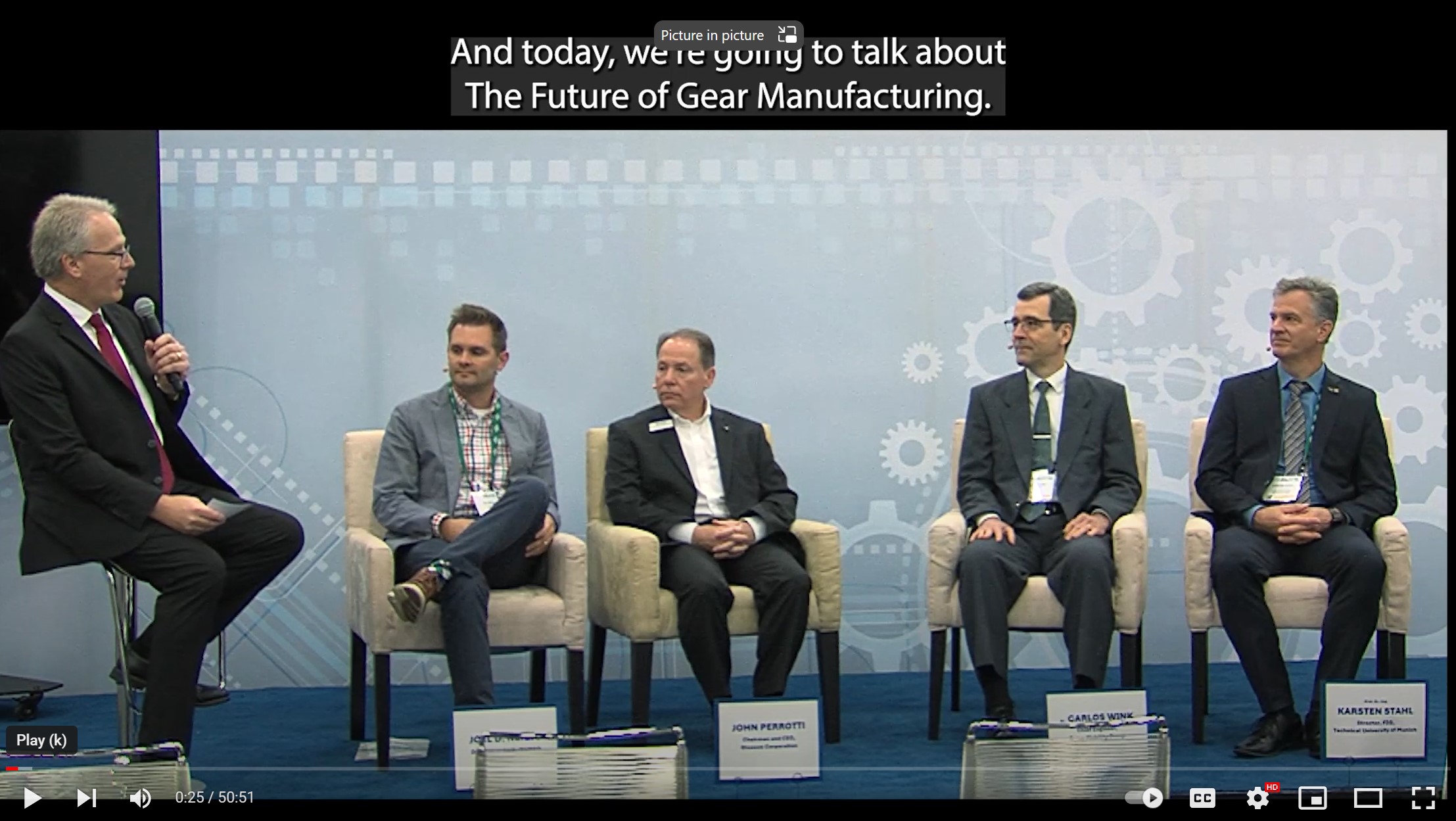Two New AGMA Publications
AGMA is pleased to announce the publication of two new documents: ANSI/AGMA 1012-H23, Gear Nomenclature, Definition of Terms with Symbols, written by the AGMA Nomenclature Committee, and AGMA 947-A23, Gear Reducers—Thermal Capacity written by the AGMA Enclosed Drives for Industrial Applications Committee.
ANSI/AGMA 1012-H23
ANSI/AGMA 1012-H23 is one of AGMA’s oldest and most fundamental standards. Across 61 pages and 98 figures, it defines gear terms and specifies the symbols for those terms where they exist. Without having standard terms, it would be a nightmare to communicate between vendors, customers, and even within a company. That’s why standardizing terms has been an essential task for AGMA since the founding of the association, and the roots of the newly published ANSI/AGMA 1012-H23 can be traced all the way back to 1926 with the publication of AGMA’s first nomenclature recommended practice.
Changes in the new revision of the standard include extensive updates of text and figures, edits to better align with ISO gear nomenclature, edits to make the standard metric only, and the elimination of the annexes.
AGMA 947-A23
AGMA 947-A23 is an information sheet, meaning the material in it is still being tested and not yet the industry standard practice. It utilizes an analytical heat balance model to provide a means of calculating the thermal transmittable power of a single- or multiple-stage gear drive lubricated with oil. The calculation is based on standard conditions of 25°C maximum ambient temperature and 95°C maximum oil sump temperature in a large indoor space but provides modifiers for other conditions.
The project to write AGMA 947-A23 began after reviewing two ISO documents on the subject, ISO 14179-1:2001 and ISO 14179-2:2001, and taking parts of both as the starting point for the new document. Major differences from the ISO documents include; Power variables and subsequent equations were converted to Watts. Mesh coefficient of friction calculations are based on ISO 14179-2 and were expanded based on gearing type and to include Hohn’s modification. ISO 10300-1 methods were included for calculating mesh coefficient of friction for bevel gears. The oil seal power loss formula was updated based on updated manufacturer information. The gear windage and churning losses clauses were expanded to include the alternate method presented in ISO 14179-2:2001. Bearing windage and churning loss calculations were updated based on updated manufacturer information. The heat dissipation clauses were greatly expanded to include calculations for the heat transfer coefficient under various operating and configuration conditions.
On behalf of the gearing industry, AGMA would like to extend a sincere appreciation for the participation and the valuable contributions of the following experts. In addition, AGMA would like to especially thank the companies of these experts whose foresight and generosity made their participation possible.

ANSI/AGMA 1012-H23—AGMA Nomenclature Committee |
Dwight Smith, Nidec Machine Tool America, Committee Chairperson
John Rinaldo, Atlas Copco Comptec (Retired), Committee Vice Chairperson
Jorge Briceno, Allison Transmission
Richard Calvert, Chalmers & Kubeck
Robert Errichello, Geartech
Harold Johnson, Lufkin Gears
Ernie Reiter, Web Gear Services
Arvo Siismets, General Motors
Frank Uherek, Regal Rexnord Corporation
AGMA 947-A23—AGMA Enclosed Drives for Industrial Applications Committee |
Todd Praneis, Cotta Transmission, Committee Chairperson
Hani Almoghrabi, Nord Gear Corporation
Aaron Damico, Xtek
Rich Holly, Regal Rexnord Corporation
Harold Johnson, Lufkin Gears
Lee Johnson, Sumitomo Drive Technologies
Douglas Lucas, The Timken Company
Adam Miles, SEW-Eurodrive
Terry Miller, Overton Chicago Gear Corporation
Zachary Ungashick, Integrated Machinery Solutions
Walt Weber, Flender Corporation






